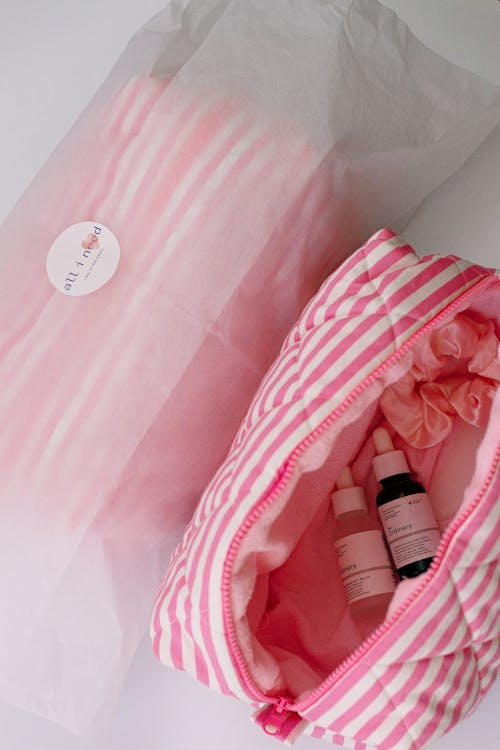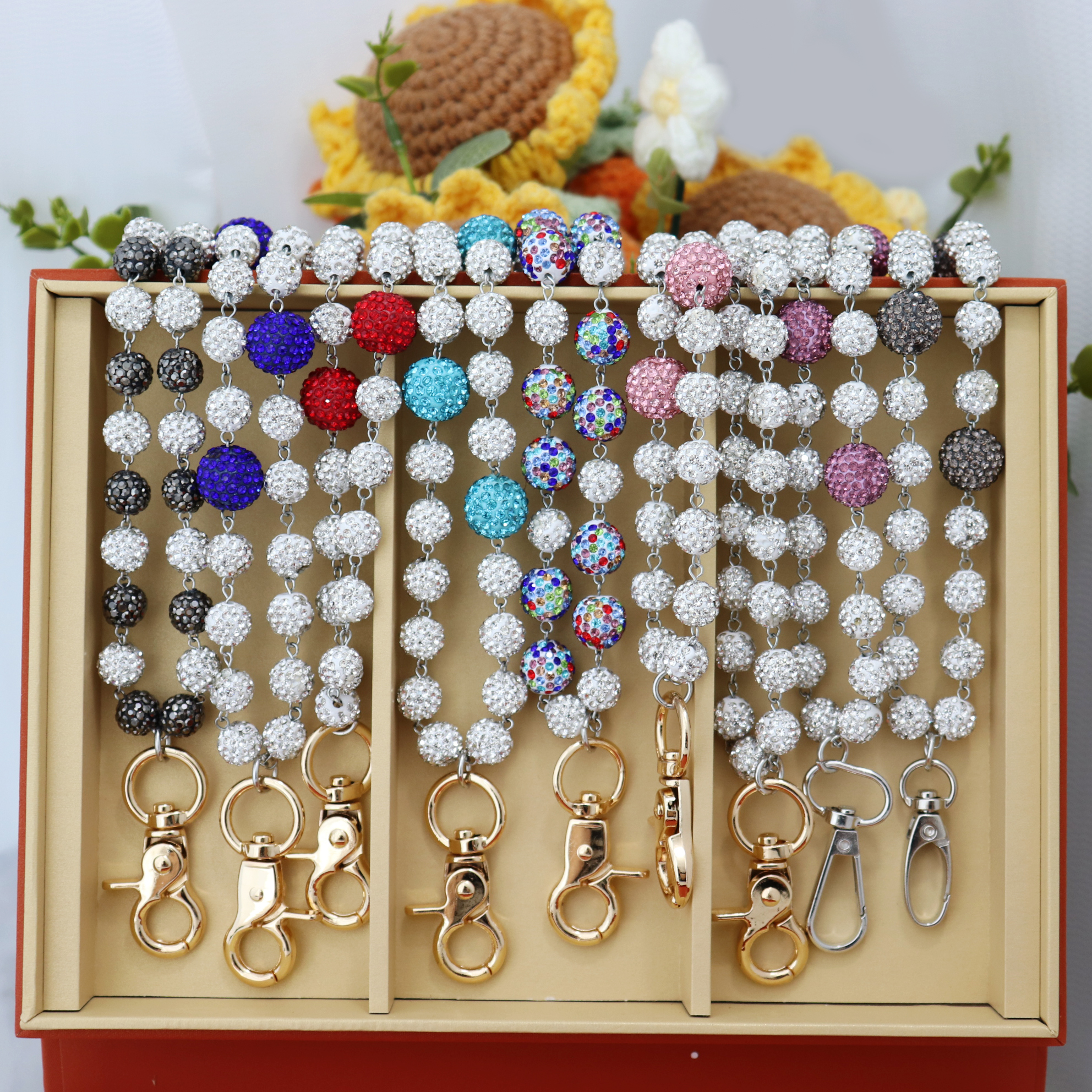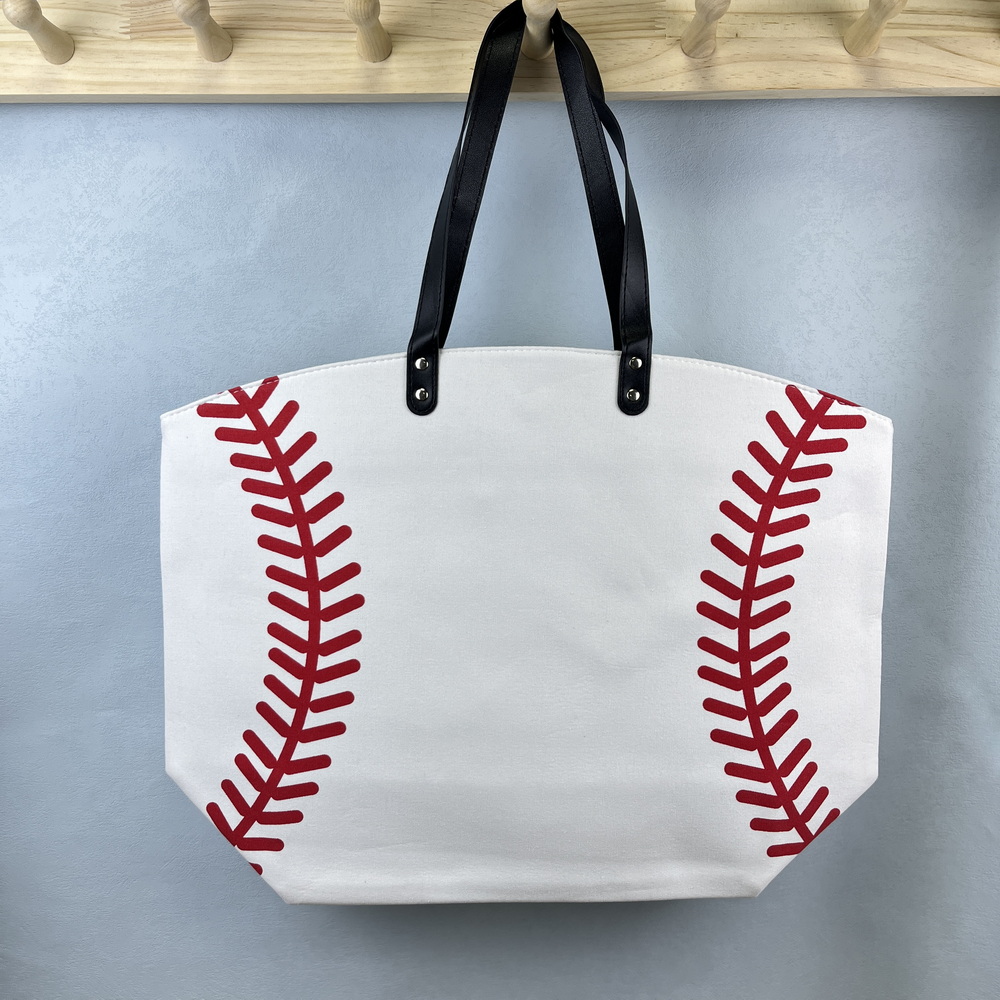How Are PU & Nylon Cosmetic Bags Made? A Step-by-Step Factory Guide
If you buy, brief, or quality-check cosmetic pouches for a living, you know the drill: pretty photos don’t tell you how a bag is built—or why a zipper waves after two months. This guide walks you through the real factory flow for PU cosmetic bags and nylon cosmetic bags, from tech pack to cartons, so you can spec smarter and catch problems before they ship.
Materials 101: PU vs Nylon
What PU really means
PU (often called vegan leather) is a polyurethane-coated surface on fabric backing. You’ll see different grains, gloss levels, and thicknesses; backing fabrics vary from jersey to non-woven. PU looks premium and carries emboss/deboss and foil very well.
Nylon basics that matter
Nylon comes in deniers—210D, 300D, 420D, and up. Coatings (PU/PVC) change hand-feel and water resistance. For printed stories, nylon takes screen and heat transfer cleanly with sharp edges.
Quick tip: pair glossy PU with matte hardware for balance; with nylon, choose coil zippers that match denier so the tape doesn’t overpower the fabric.
Step 1: Design Brief & Tech Pack
What your factory needs to make a correct first sample
-
Flat sketches with front/back/side/top views
-
Finished size with tolerances (±3 mm is common for small pouches)
-
Bill of materials (shell, lining, foam, boards, thread, zippers, pulls)
-
Artwork in vector, logo size/placement, Pantone or Lab values
-
Construction notes (edge paint vs binding, piping, seam type)
-
Testing asks: colorfastness level, odor limits, cosmetic bag seam strength test method, carton specs
A solid brief cuts sampling loops. You save time, and the line doesn’t guess.
Step 2: Pattern Making & Sampling
Paper patterns translate drawings into cut parts. For pouches, a tiny 2–3 mm tweak on the gusset changes capacity more than you think. First prototype (sometimes called SMS) checks:
-
Opening angle and zipper run length
-
Lining cleanness (no bubble or twist)
-
Hand-feel with foam/interlining
-
Logo clarity and position
Once fit/function pass, you’ll approve a PP (pre-production) sample made with bulk-intent materials.
Step 3: Material Sourcing & Incoming QC
Bulk rolls and hardware arrive with shade lots and plating batches. At receiving, a good line will spot:
-
Color shade delta vs standard under D65 light
-
Surface defects (PU fish-eye, coating streaks)
-
Metal plating pits/scratches
-
Zipper tape and slider compatibility
A quick sniff test isn’t silly—high VOC odor loses buyers. If you sell premium, call this out early.
Step 4: Cutting & Prep
Markers nest pieces to reduce waste. PU parts follow grain for a clean look on panels; nylon cuts with die sets or knife tables. Prep includes:
-
Skiving PU edges to reduce bulk before folding
-
Creasing fold lines for sharp edges
-
Pre-cut logo panels so print or emboss sits dead center
If you hate wavy zippers, keep seam allowances even—and don’t stretch tape during prep.
Step 5: Printing & Logo Methods
-
Nylon: screen print for solid colors; heat transfer for gradients or tiny text; digital print for complex art.
-
PU: emboss/deboss for subtle luxe; foil for shine; UV print for multi-color logos without heavy screens.
Ask for a 10–20 cycle rub test on prints. It’s cheap and saves sorry emails later.

Step 6: Sewing & Assembly
Typical flow: body panel → pocket → zipper set → gusset join → binding/piping → top stitch.
What to check on line:
-
Stitch per inch (SPI) consistent (e.g., 8–10 SPI for medium denier nylon, 6–8 for thick PU)
-
Back-tack only at stress points; no bird’s nest
-
PU edge paint in thin coats, fully dried between layers
-
Lining trimmed clean; no raw fray peeking from the zipper
A soft hand around the zipper curve beats brute force—stretching tape is how waves happen.
Step 7: Hardware Setting & Simple Functional Tests
Zippers: #3 coil for small, #5 if the bag carries weight or has a long run. Pullers match brand vibe; rings and hooks get plated together to keep color tone.
Quick line tests you can ask for:
-
Zip run test (open/close 20–30 times—feel for snags)
-
Slider lock check (no slip under gentle pull)
-
Handle/loop pull at basic loads (e.g., 5–10 kg for 10 seconds on larger cosmetic cases)
Step 8: In-Line QC, AQL & Final Inspection
Inline checkpoints catch build drift before it spreads. Final inspection uses AQL sampling—your spec should define critical vs major vs minor.
Common workmanship defects
-
Wavy zipper or skipped stitches
-
Edge-paint cracks on tight curves
-
Print mis-registration or off-center logos
-
Puckering on nylon near curves (often caused by tension mismatch)
Cosmetic bag seam strength test
For soft bags, a simple seam pull is practical: clamp seam allowances and pull to a set force, checking for popped threads or seam slippage. Note which stitch type was used and record SPI—numbers matter when you push back on a failed lot.
Step 9: Cleaning, Packing & Cartons
Dust roll, lint brush, and interior wipe. Silica gel if shipping through humid season. Bag in tissue or poly depending on finish sensitivity.
Cartons get a basic drop routine on edges/corners. If your outer packaging shows crush marks easily, step up board grade or add stronger inner supports.
Buyer Cheatsheet: What Drives Cost, MOQ, and Time
| Factor | Why it moves cost | Typical impact |
|---|---|---|
| Shell material | PU grade, nylon denier/coating | Higher grade = higher $ |
| Logo method | Foil/emboss vs heat transfer vs UV | Tooling or setup adds to unit |
| Construction | Edge paint coats, binding, piping, extra pockets | More steps = more labor |
| Hardware | Zipper size/brand, pullers, rings | Heavier sets cost more |
| Print area | Bigger/multi-color art | More screens or passes |
| Packing | Tissue, inserts, custom boxes | Small per-unit bump |
-
MOQ for custom cosmetic bags: often 300–1,000 units per color depending on material and print method.
-
Lead times: sampling 7–15 days after brief; PP 7–10; bulk 25–45 days after deposit and material in.
Common Defects & How You Can Prevent Them
-
Wavy zippers: keep tape relaxed during sewing; avoid over-tight tension; increase notch frequency on curves.
-
Edge-paint cracks: thinner coats, longer dry; bigger radius on tight corners.
-
Print rub-off: pick inks suited to PU top-coat; add top clear if needed.
-
Puckering on nylon: match needle to denier, balance upper/lower tension, mind stitch length on curves.
About Yiwu Chic Trading Co., Ltd.
Chic focuses on design, customization, and export of cosmetic bags, handbags, and related accessories. You’ll find PU cosmetic bags with clean edges, nylon cosmetic bags built for daily carry, and private-label services that cover artwork, sampling, bulk production, and shipping support. The team works with detailed specs, clear communication, and practical MOQs so new lines can launch without drama. For categories and styles, browse the product pages; for private projects, the customize and service sections outline what happens next.
Conclusion
A good cosmetic bag looks simple. Getting there isn’t. When you spec materials with intent, write a tight tech pack, track the seam path, and call out the cosmetic bag seam strength test up front, you cut risk and get repeatable quality. The last step—clean packing and decent cartons—keeps that fresh look from the line to the shelf. If your next brief lands with clear tolerances, logo rules, and a realistic MOQ for custom cosmetic bags, you’ll feel the difference when the first box opens.
FAQs
Q1: What’s the best shell choice for daily-use cosmetic pouches—PU cosmetic bags or nylon cosmetic bags?
PU brings a polished look and supports emboss/foil nicely; nylon is lighter and handles prints and casual styles well. If bags see wet bathrooms or hard travel, nylon with PU coating is a safe bet.
Q2: How do you specify a cosmetic bag seam strength test in a purchase order?
State the seam type, SPI target, pull direction, and force/time. Ask for photos of the setup and a short video. Record results on the inspection sheet so you can compare across lots.
Q3: What affects MOQ for custom cosmetic bags the most?
Material dye lots, print setup (screens/plates), and hardware plating batches. One colorway with larger volume usually beats three tiny ones. If you must split colors, keep hardware tone the same.
Q4: Which zipper size fits small makeup pouches?
#3 coil works for slim pouches. If the opening is long or the bag carries weight, step to #5. Pair the slider style with the brand vibe—matte for muted looks, shiny for fashion pieces.
Q5: How can you reduce odor complaints on PU cosmetic bags?
Specify low-VOC PU, ask for off-gassing before packing, and request a simple odor check at final. Ventilated storage pre-ship helps, especially in humid months.









